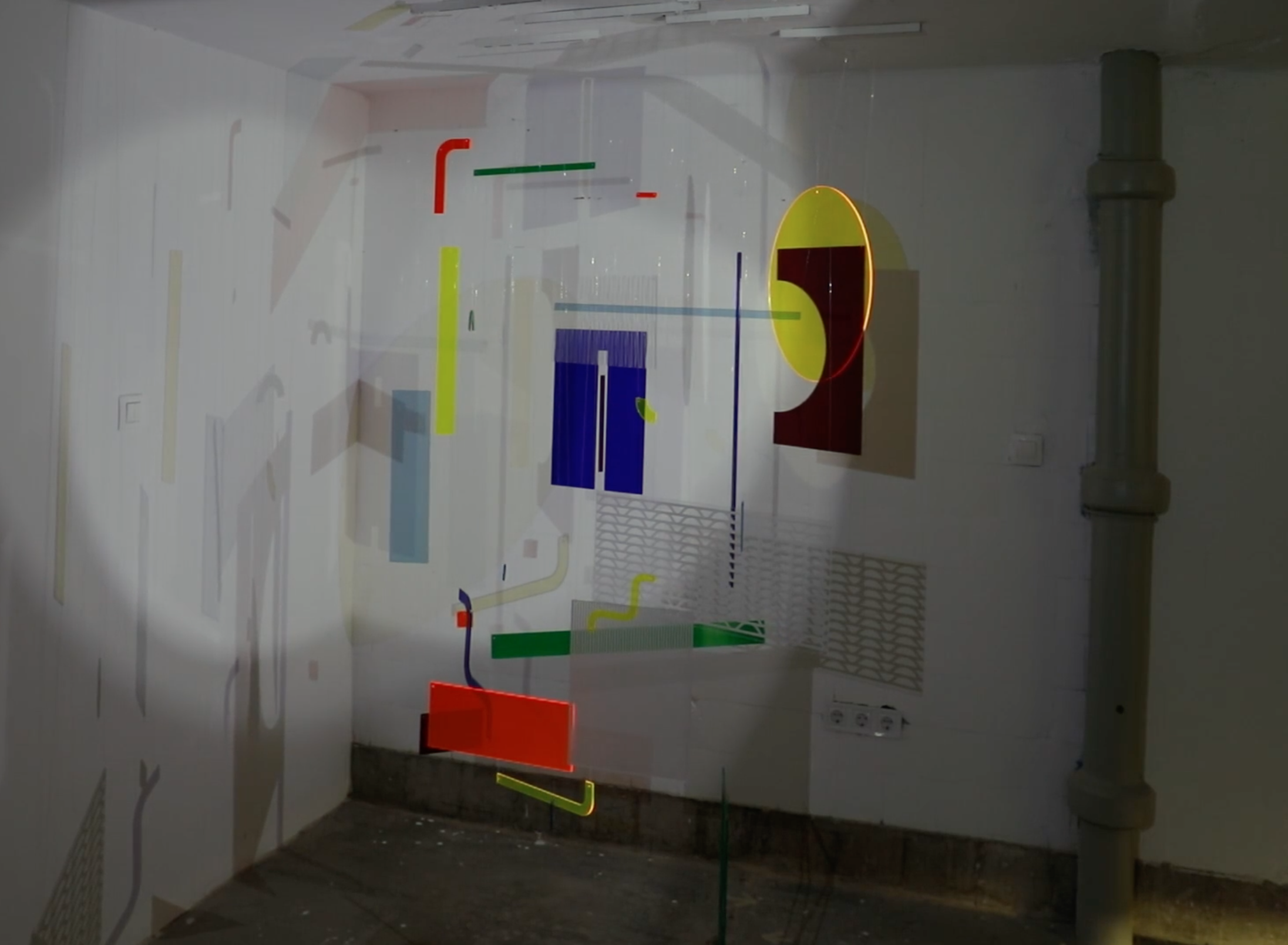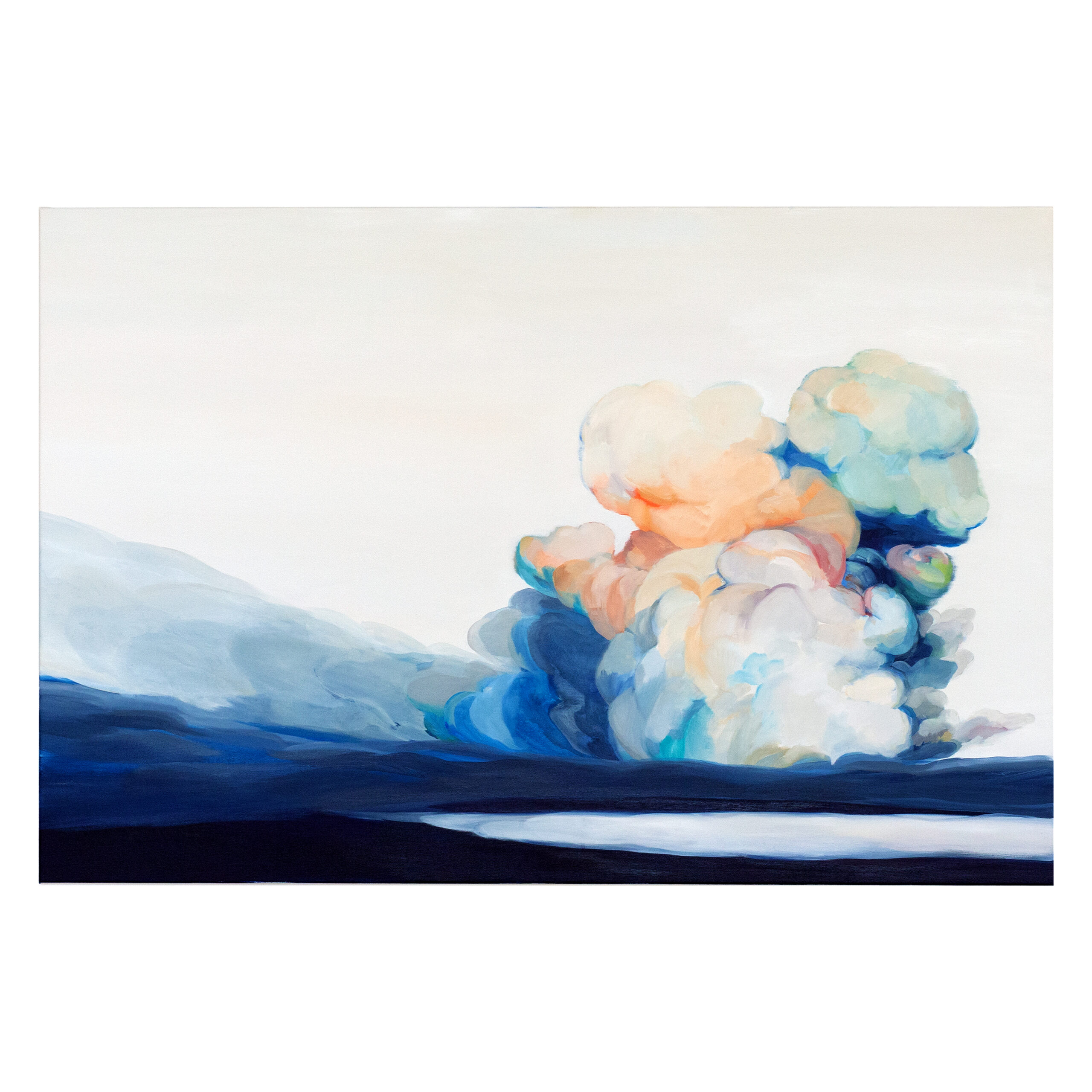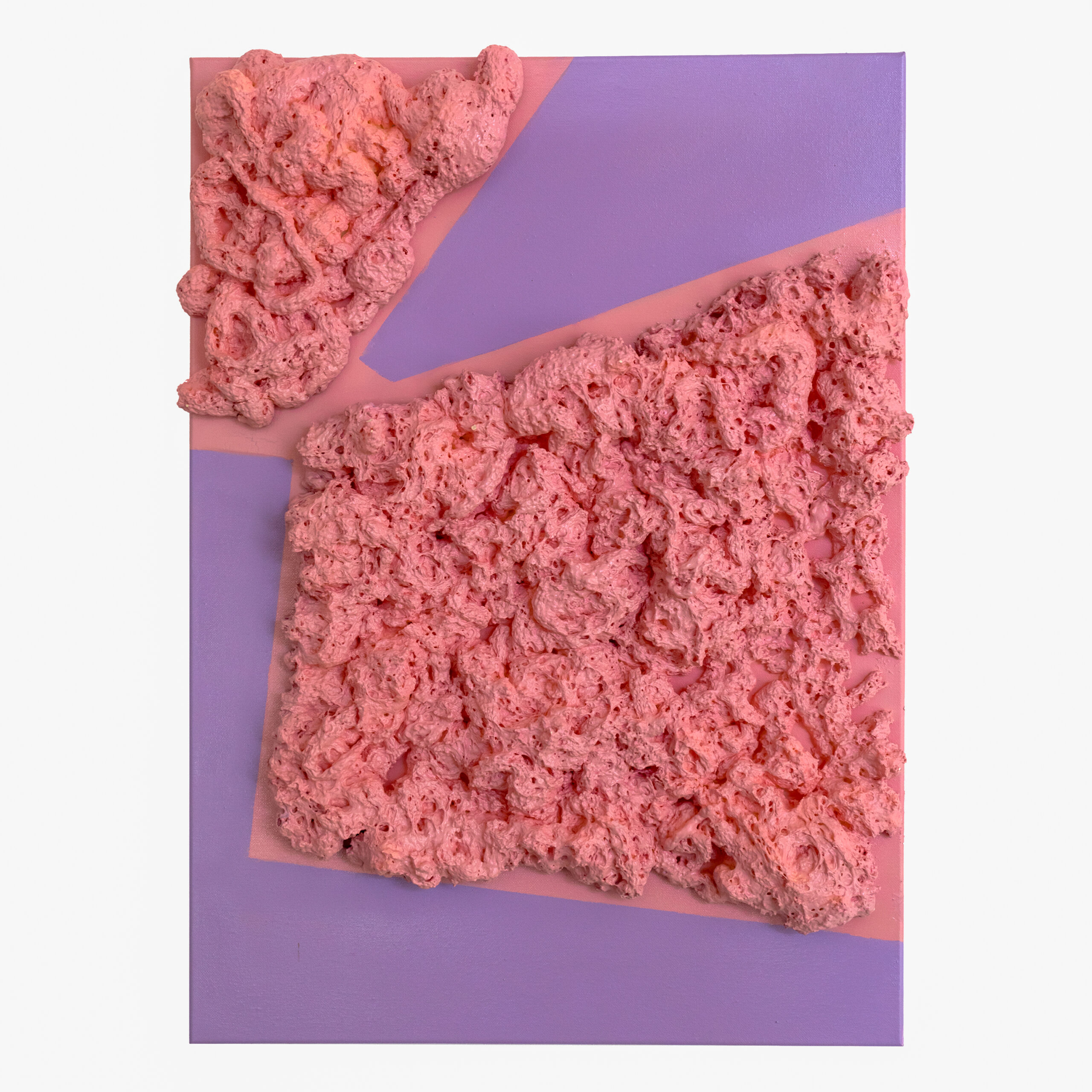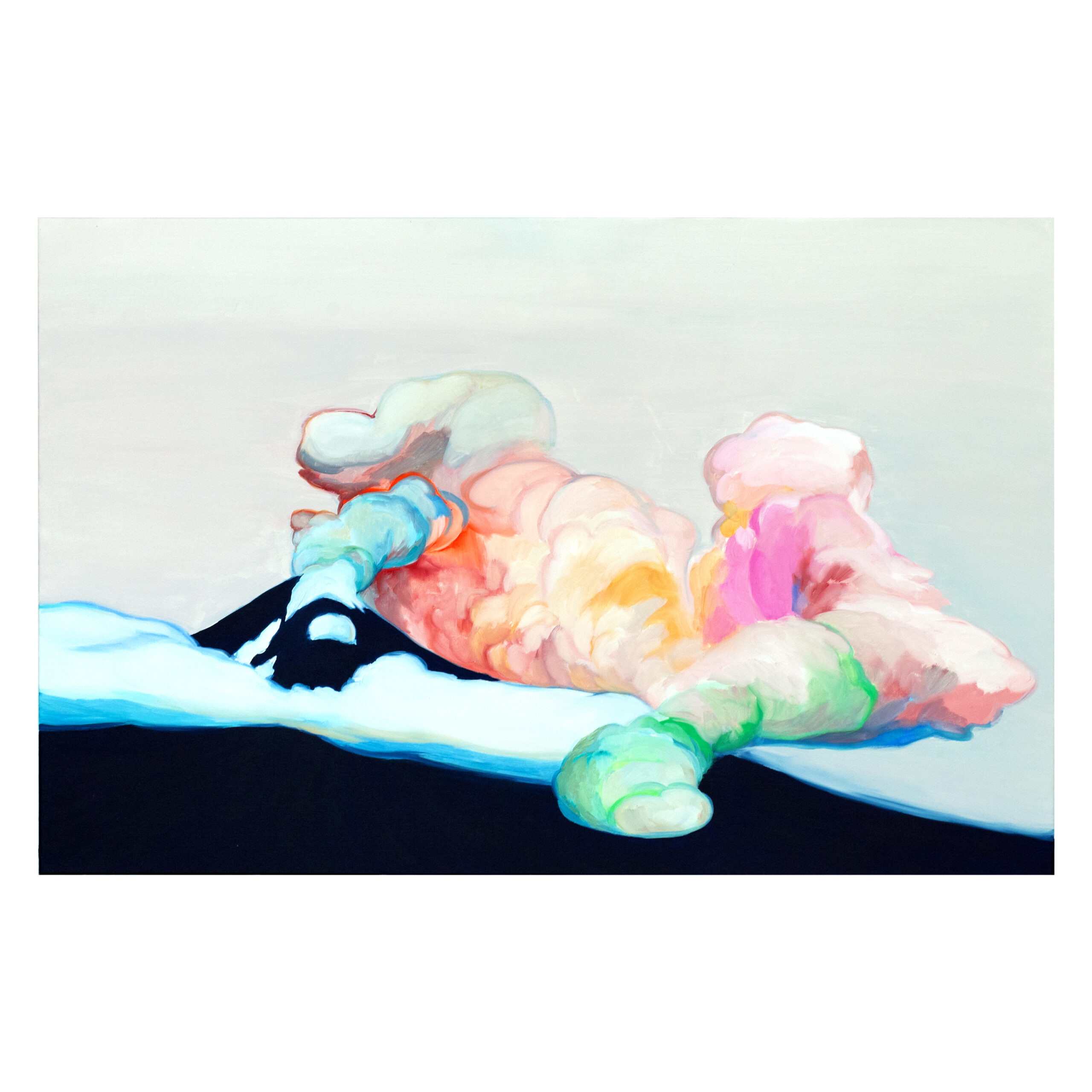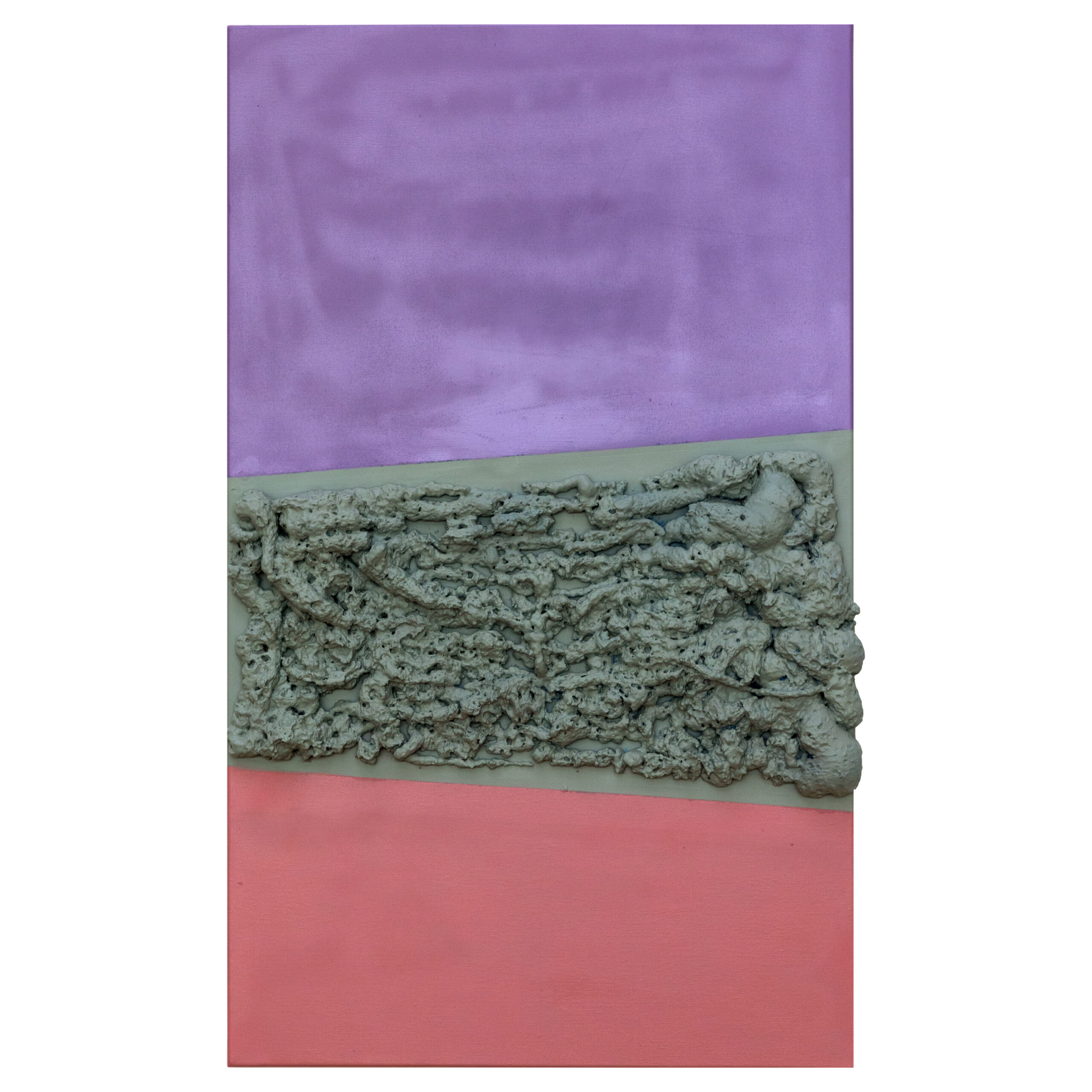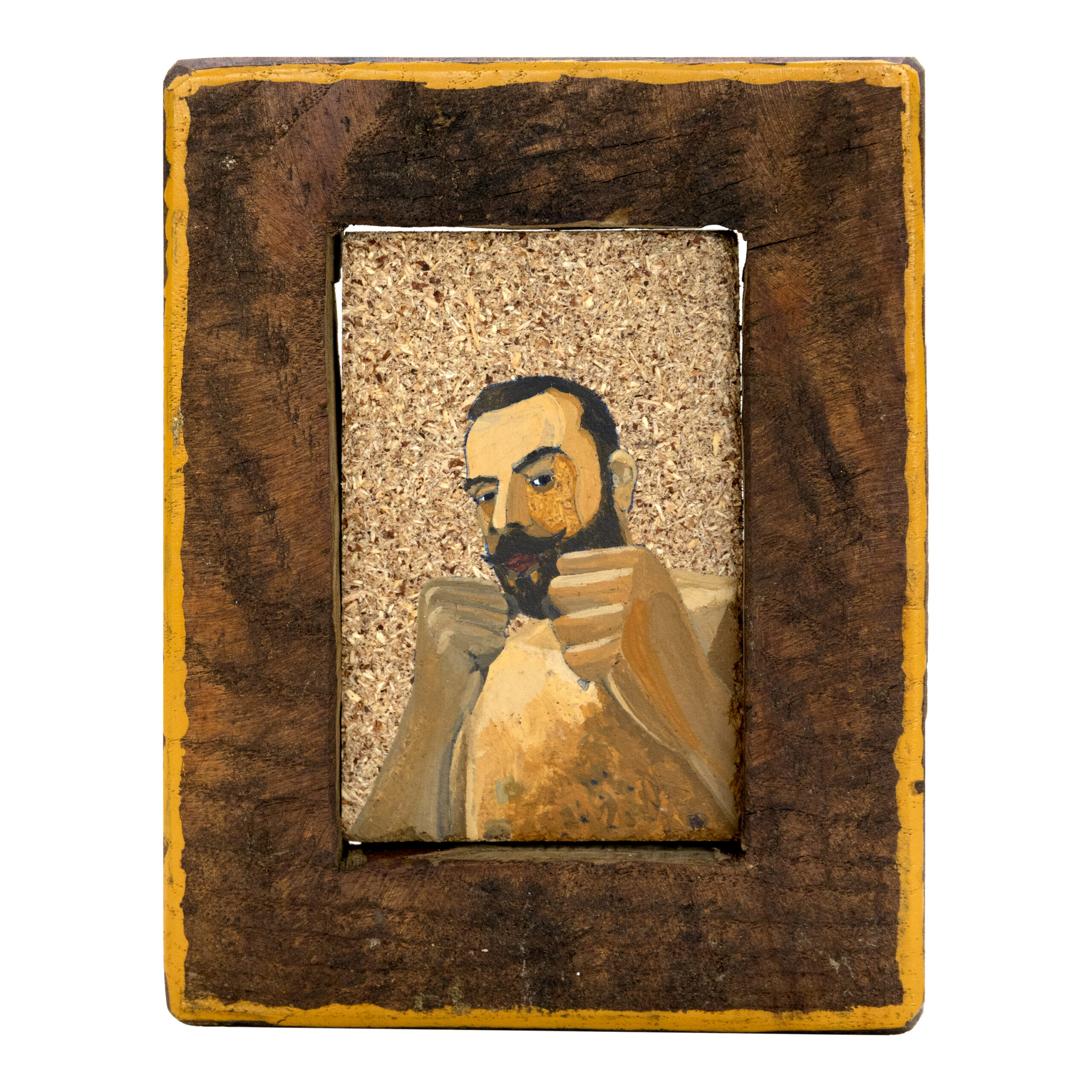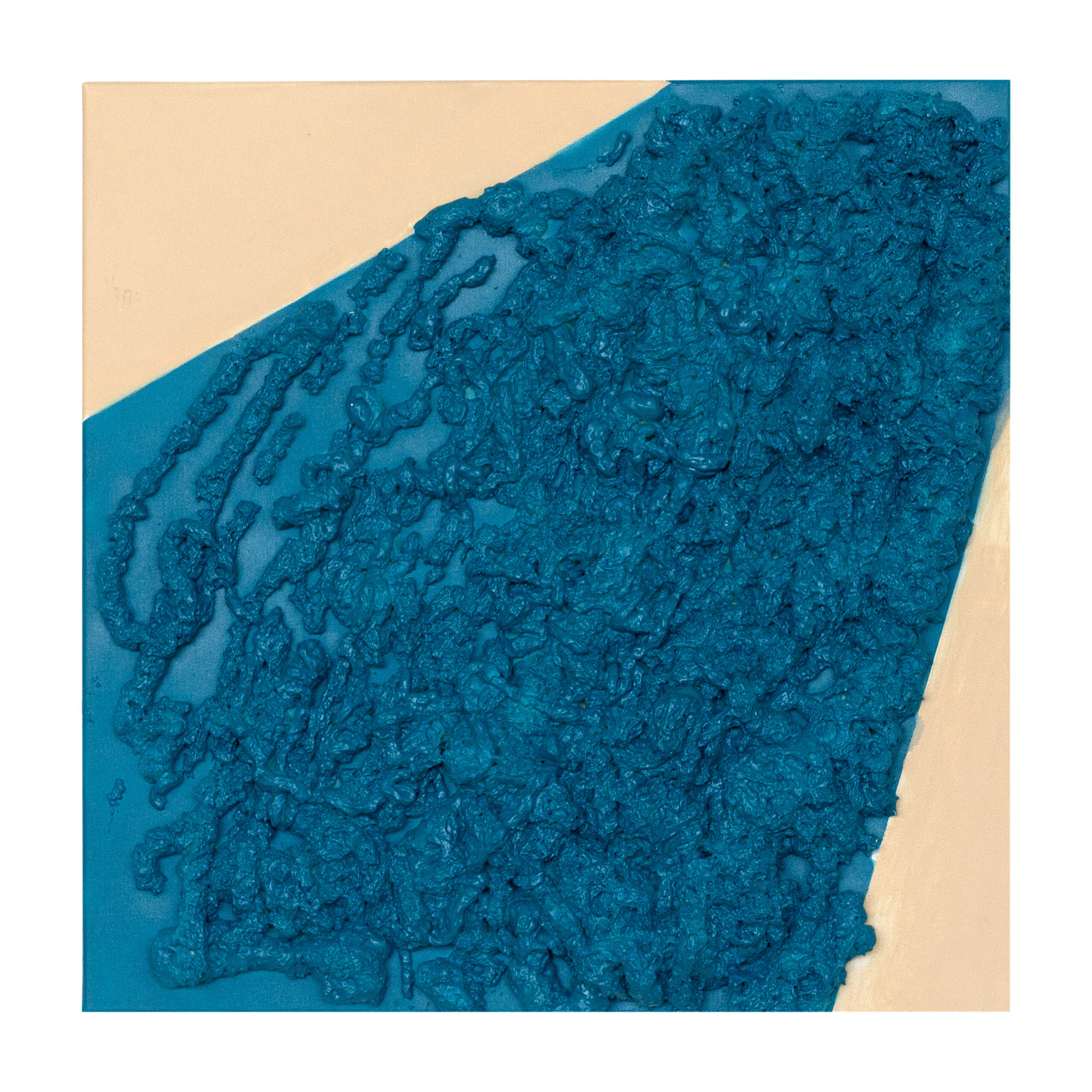Nanda Mentesheva
Descriptive information
Type of artwork: Audiovisual installation
Material(s) & Technique(s): Plexiglass, illusion cord, led, textile
Dimensions: 215cm X 235cm X 520cm
Year: 2021
Location: Győr, Hungary
Technical information
Digitisation of artwork: Panagiotis Diapoulis
Equipment used: Cameras: Canon 5D Mark IV, Canon 6D | Camera Type: DSLR | Lenses: Canon EF 24-70mm f/2.8L II USM, Canon EF 16-35mm f/2.8L II USM, Canon EF 85mm f/1.8 USM
Video processing software: Coming soon
License
Reuse this file under the terms of the license Creative Commons Attribution – ShareAlike (CC BY-SA 4.0)
How to cite this image
“Factor Y”. 2021. Artist: Nanda Mentesheva. Source: ECHO II website. License: CC BY-SA 4.0.
How you attribute creators of CC-licensed works depends on whether you modify the content, if you create a derivative, if there are multiple sources, etc. For more help, see the best practices for attribution on the CC Wiki.
About this artwork
This interactive installation is a multi-sensory experience, which actively involves the viewer in creating space. It was the first time that Nanda worked in this medium, and, according to her, it must have been the varied nature of the Hungarian residency that helped her feel safe enough to wander to new territories in art. She chose Torula among the possibilities of the ECHO II project, because she wanted to work at an art space that is located in an industrial environment. A factory, she thinks, mostly allows us to associate it with something grey and boring, but it is especially inspiring for her. By that she means: in such surrounding a very small change is enough to make a meaningful transformation. A non-grandiose but new experience can also be a trigger that causes us to change our point of view, to break the routine.
That is why the idea was born that the observer of the installation would also be actively involved in shaping the perception of space, with the help of a basic tool, the switch. Although in the future the human factor will be increasingly replaced by artificial intelligence, until now, man-operated switches have controlled the machines, rolled the bearings, and made the factory produce. Because of this important role, the switches on the control panel of her installation were chosen with special care to be as similar as possible to those previously used in the halls of the distillery, thus paying attention to the historical context.
The two most important materials that were used to build the installation are plexiglass and light. The former is tactilely mundane, the latter, though intangible, a necessary condition for existence and industrial operation.
Adrienn Mária Kiss, exhibition curator
